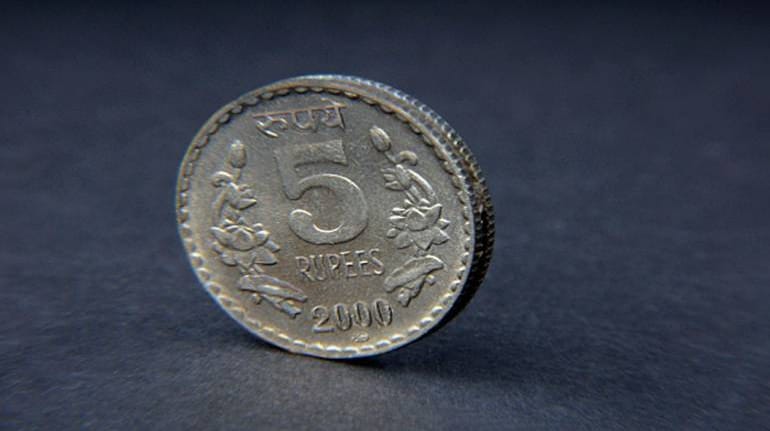



We go for loans when our cashflows are constrained. Loan against securities is a relatively cheaper source of funds compared to personal loans. An interest of 14 percent or more is payable on most personal loans, while loans against securities charge 10-13 percent. Units of mutual funds can be used as collateral while raising money. Lenders mark a lien on these units of mutual funds offered as collateral. Here is how it works.
What is lien?
Lien is the right given to the lender over a security to recover the money in case the credit given to the borrower is not repaid as per the terms agreed to. In the case of loan against mutual funds, the lien is marked by the lender on the units offered as security.
How is lien marked?
The lien form contains the name of the unitholder(s), folio number and the number of units in respect of which the lien is marked. The lien request form must be signed by unitholders of the folio. All joint holders need to sign. The form needs to be accompanied by a letter from the creditor, clearly specifying the details of the lender and the bank account details.
The lien is marked on the units and not on the amount. The value of units marked under lien can keep fluctuating.
The format for marking lien is available on the website of mutual funds and registrar and transfer agents (RTAs). The turnaround time after filling and submitting the form is two to three days. The financier is informed about the lien so marked and the same is also communicated to the investor through the account statement.
Lien can also be marked in online mode. “For online marking of lien, the investor visits the financier’s web portal and provides consent to borrow against mutual fund units and the financier digitally submits the lien marking request against the said number of units in the investor’s folio. After marking of lien, the lender will part with the loan amount with the investor,” says Kamala Radhakrishnan, Senior Vice President-Business Development & Marketing, Computer Age Management Services.
Though the process offered by RTAs is online on the websites or apps of select lenders, it is quick and secure. “Every step requires an OTP-based authentication from the Investor, which makes it a secure platform,” says Sreekanth Nadella, CEO, Kfintech. “After opting for loan against mutual fund units in any of the digital platforms of our partners, the investor will be able to complete the entire journey within 5-10 minutes,” he adds.
RTAs have entered into tie-ups with select banks for enabling this process of online marking of lien. If the lender you are dealing with does not have a tie-up with RTA, then you have to go through the physical process.
How does lien work?
The lien gives the right to the lender to liquidate the units of the mutual funds so marked if the borrowers fails to service loans. The lender can invoke the lien by writing to the fund house either for all units or for parts thereof. If the borrower repays the loan, then the lien is revoked by the lender by writing to the fund house.
When the units are marked under lien, the investor cannot switch or redeem those units. The underlying investments continue to receive the payoffs in the form of dividends or otherwise, as proposed by mutual funds. Dividends are paid to the investors, when the units are held under lien. The units received by way of dividend reinvestment or bonus or sub-division (split) of units or by any other means would remain under lien. In case of the death of the investor, the units under lien cannot be transmitted to the legal heir or nominee following the due process. The rights of the lender are superior and the lender recovers the outstanding loans first.
Discover the latest Business News, Sensex, and Nifty updates. Obtain Personal Finance insights, tax queries, and expert opinions on Moneycontrol or download the Moneycontrol App to stay updated!
Find the best of Al News in one place, specially curated for you every weekend.
Stay on top of the latest tech trends and biggest startup news.